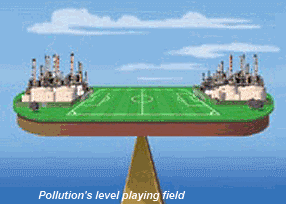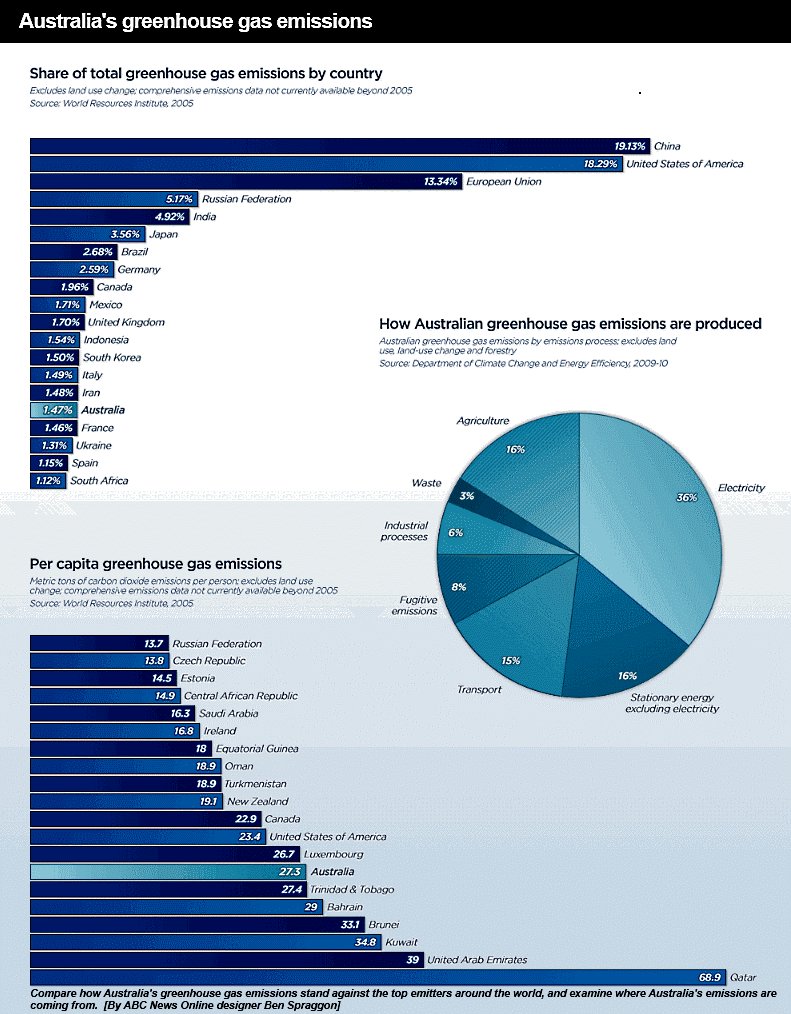|
|
|
|
|
|
|
News & Views item - July 2011 |
![]() One Small Step Toward Cutting Greenhouse Gas Pollution. (July 11, 2011)
One Small Step Toward Cutting Greenhouse Gas Pollution. (July 11, 2011)
Don Henry, Executive Director of the Australian Conservation Foundation, after emerging from the 3-hour lock up during which the Government's package for the introduction of carbon pollution mitigation was examined by the the media, summed up matters in a couple of sentences: This agreement lays the foundation to finally cut Australia’s pollution and do something about climate change. More bricks certainly need to be laid, but today we’re moving from talk to action.
It remains to be seen whether the future ushers in a retreat back to current practice or moves to embracing what will become a 21st century industrial economy.
The promised legislation incorporates a $10 billion Clean Energy Finance Corporation (CEFC) to drive large-scale investment "to get innovative clean energy proposals and technologies off the ground", in addition to an Australian Renewable Energy Agency to manage $3.2 billion in existing Federal Government grants for research and development into renewable energy technologies and initiatives to bring them to market. There is also promise of a $200 million program for Clean Technology Innovation by proving grants to support business investment in renewable energy, low emissions technology and energy efficiency.
The CEFC is also to invest in the transformation of existing manufacturing businesses to re-focus on meeting demand for example for manufacturing wind turbine blades and solar photo-voltaic panels.

With sardonic humour Professor Graham Farquhar of the Australian National
University Climate Change Institute commented: "The aim of the carbon tax is to
reduce Australian emissions by 5%. In turn the aim of that reduction is to put
political or economic pressure to encourage or shame other countries to reduce
their emissions by 5%. If we are successful and all the countries of the world
reduce their emissions to five per cent below what they would have been, then
the anthropogenic climate that we would otherwise have seen in 2031 will be
postponed until 2032."
Snow Barlow, professor at the Melbourne School of Land and Environment, The
University of Melbourne
